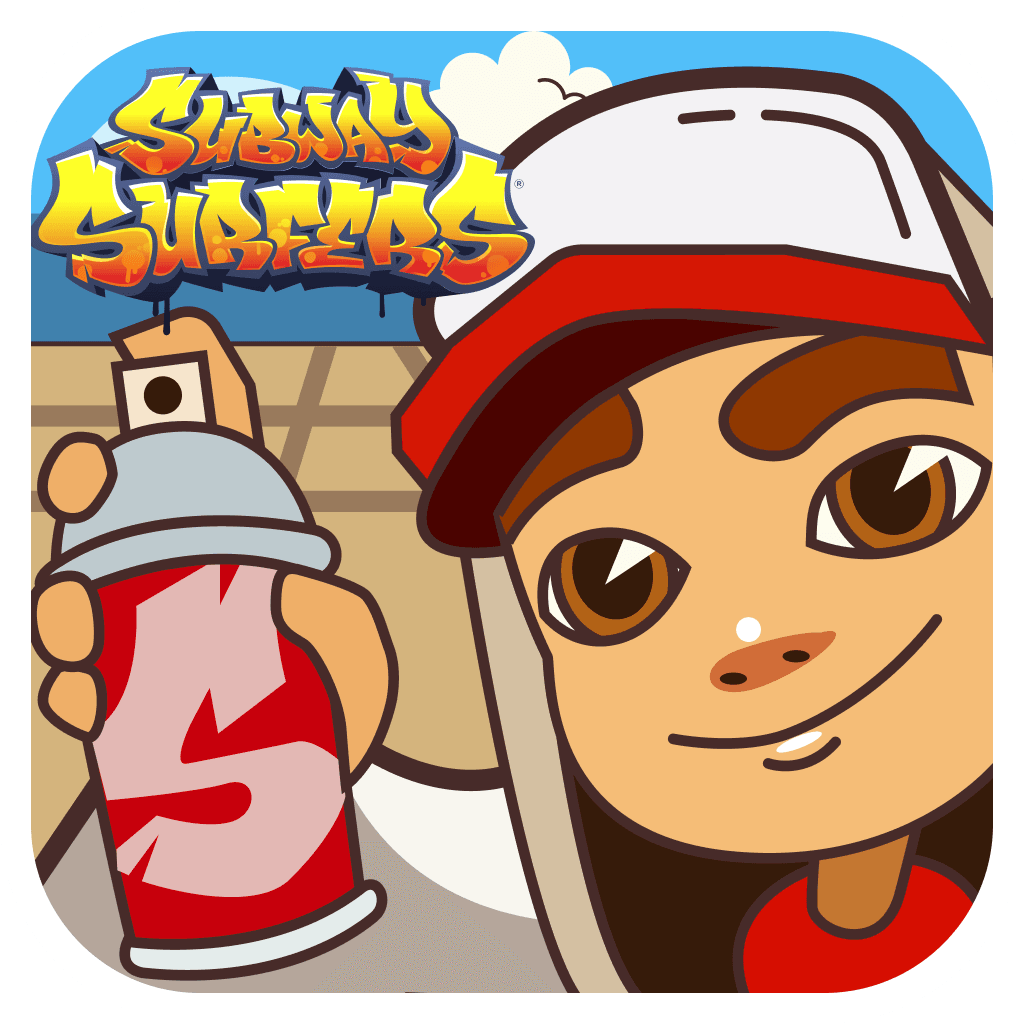

Learning a new language opens up a world of opportunities, whether for study, work, or travel. Let’s explore this topic in more detail with Subway Surfers below. This popular mobile game has captured the attention of millions worldwide, demonstrating how engaging and accessible digital tools can be. Similarly, language learning apps and platforms have revolutionized the way we approach acquiring new linguistic skills, making it easier than ever to start your language journey from scratch.
In our increasingly interconnected world, the ability to communicate in multiple languages has become more valuable than ever. For young people in school, college, and university, as well as young professionals and digital nomads, language skills can significantly enhance career prospects and personal growth opportunities. Bilingualism or multilingualism can set you apart in competitive job markets, facilitate international study programs, and enrich travel experiences.
Moreover, language learning offers cognitive benefits that extend beyond communication. Research has shown that studying a new language can improve memory, enhance problem-solving skills, and even delay the onset of age-related cognitive decline. For young learners, these benefits can translate into better academic performance across various subjects.
The good news is that starting to learn a new language from scratch has never been more accessible. With the proliferation of digital resources, mobile apps, and online communities, learners have a wealth of tools at their fingertips. These modern methods often complement traditional classroom learning, offering flexibility and personalization that cater to diverse learning styles and schedules.
The first step in your language learning journey is selecting the language you want to learn. This choice might be influenced by personal interests, career goals, or travel plans. Popular choices among young learners and professionals include Spanish, Mandarin Chinese, French, German, and Arabic, due to their widespread use in business and international relations.
Once you’ve chosen your target language, it’s crucial to set clear, achievable goals. These could range from being able to hold a basic conversation within three months to achieving fluency within a year. Remember to make your goals SMART: Specific, Measurable, Achievable, Relevant, and Time-bound. This approach will help you stay motivated and track your progress effectively.
Before diving into learning resources, take some time to assess your current level in the chosen language. Many online platforms offer free placement tests that can give you a good starting point. Understanding your baseline will help you choose appropriate learning materials and set realistic goals.
Additionally, consider your learning style. Are you a visual learner who benefits from images and videos? An auditory learner who prefers listening to podcasts and audio lessons? Or perhaps a kinesthetic learner who learns best through interactive exercises? Identifying your preferred learning style will guide you in selecting the most effective resources and methods for your language journey.
Read more: Best Books to Read If You're Learning English (Beginner to Advanced)
For budget-conscious learners, there’s a plethora of free and low-cost resources available. Mobile apps like Duolingo, Memrise, and Busuu offer gamified learning experiences that make language acquisition fun and engaging. These apps often use spaced repetition systems to help you retain vocabulary and grammar rules effectively.
Websites like BBC Languages and Deutsche Welle provide free language courses and resources for various proficiency levels. YouTube channels dedicated to language learning, such as Easy Languages and Lingoni, offer free video lessons that can supplement your learning.
For those willing to invest a bit more, platforms like Babbel and Rosetta Stone offer structured courses at reasonable prices. These often include more advanced features like speech recognition technology to help improve pronunciation.
When it comes to language learning apps, the market is saturated with options. Here’s a brief comparison of some popular choices:
Duolingo: Known for its gamified approach, Duolingo is entirely free and offers courses in numerous languages. It’s great for building vocabulary and basic grammar skills but may lack depth for advanced learners.
Babbel: This app focuses on practical conversation skills and offers more in-depth explanations of grammar concepts. It’s a paid service but often considered more comprehensive than free alternatives.
Rosetta Stone: One of the oldest names in digital language learning, Rosetta Stone uses immersion techniques to teach language. It’s particularly strong for developing listening and speaking skills.
Memrise: This app combines user-generated content with professionally created courses. It’s particularly effective for vocabulary acquisition, using mnemonic techniques to aid memory.
While apps and online resources are valuable tools, effective language learning often requires a multi-faceted approach. Here are some methods to enhance your self-study routine:
Immersion: Surround yourself with the language as much as possible. Change your phone’s language settings, watch movies or TV shows in your target language (with subtitles initially), and listen to podcasts or music in that language.
Spaced Repetition: Use flashcard apps like Anki or Quizlet to review vocabulary and grammar concepts at increasing intervals. This method has been proven to enhance long-term retention.
Language Journaling: Keep a daily journal in your target language. Start with simple sentences and gradually increase complexity as your skills improve.
Reading Practice: Begin with children’s books or graded readers designed for language learners, then progress to newspapers, magazines, and novels as your proficiency grows.
One of the biggest challenges for self-learners is developing speaking skills without regular conversation partners. However, there are several ways to practice speaking on your own:
Shadow Technique: Listen to native speakers (in podcasts, videos, or audio lessons) and repeat what they say, mimicking their pronunciation and intonation.
Talk to Yourself: Narrate your daily activities in your target language. Describe what you’re doing, seeing, or planning as you go about your day.
Record and Listen: Record yourself speaking and listen back. This can help you identify areas for improvement in pronunciation and fluency.
Use Language Exchange Apps: Platforms like Tandem and HelloTalk connect you with native speakers of your target language who are learning your native language, allowing for mutual language practice.
Staying motivated over the long haul is often the biggest challenge in language learning. Here are some strategies to keep your enthusiasm high:
Set Milestone Rewards: Celebrate your achievements, no matter how small. Reward yourself when you reach certain milestones, like mastering 500 words or holding your first 5-minute conversation.
Join Language Learning Communities: Engage with fellow learners on forums like Reddit’s language learning subreddits or language-specific Discord servers. Sharing experiences and tips can be motivating and informative.
Find a Language Partner: Having a regular conversation partner can provide accountability and make learning more enjoyable. Use platforms like iTalki or Conversation Exchange to find partners.
Integrate the Language into Your Hobbies: If you enjoy cooking, try following recipes in your target language. If you’re a gamer, play games in that language. This makes learning feel less like a chore and more like fun.
Read more: How to Practice Speaking a Language When You’re Shy or Have No Partner
For those with hectic schedules or just starting their language journey, here are some quick and easy-to-implement tips:
Use Dead Time: Listen to language podcasts during your commute, while exercising, or doing household chores.
Sticky Note Method: Label objects around your home or office with their names in the target language.
5-Minute Rule: Commit to at least 5 minutes of language study every day. Often, you’ll find yourself continuing beyond this initial commitment.
Learn Cognates First: Focus on words that are similar in your native language and the target language. This can quickly expand your vocabulary.
Use Mnemonics: Create memorable associations or stories to remember new words and phrases.
In conclusion, starting to learn a new language from scratch can seem daunting, but with the right approach and resources, it can be an exciting and rewarding journey.